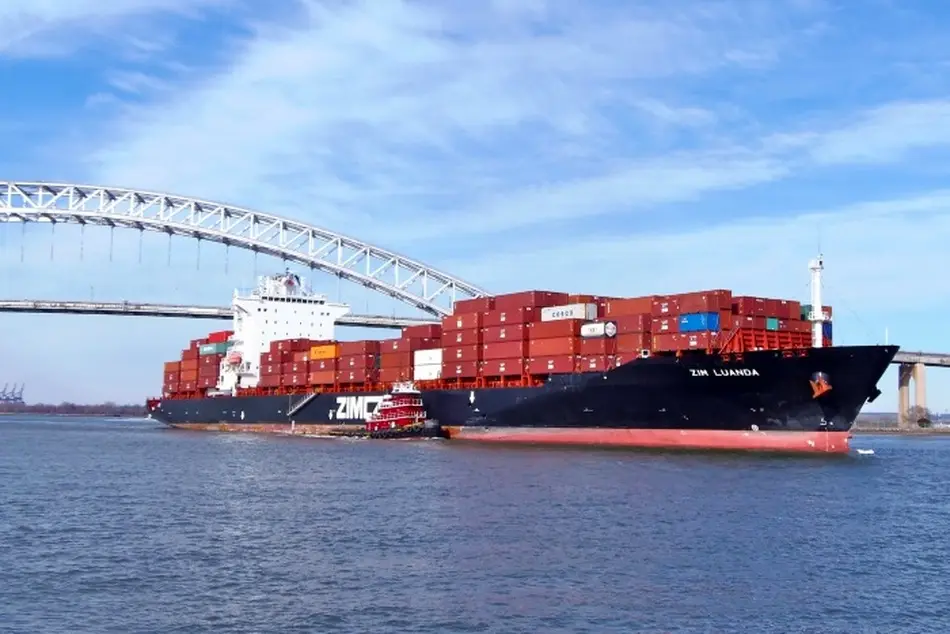VLCC Tanker Market Rebounds Despite Middle East Tension

Qatar’s tension hasn’t dented the tanker market in the Middle East. In its latest weekly report, shipbroker Charles R. Weber noted that “rates in the VLCC market improved modestly this week as the participants reacted to a progressively narrowing supply/demand balance during the June Middle East program. Fundamentals dictate that rates would likely have pushed higher, but were capped by a slower pace of demand in the Middle East this week and the fact that 38% of cargoes there were covered under COA (the highest COA coverage rate in three months)”.
According to CR Weber, “29 fixtures were reported in the Middle East region, representing a 17% w/w decline. Elsewhere, fixture activity in the West Africa market remained lofty with seven reported. Unlike last week when a small number of West Africa fixtures sourced tonnage from the Caribbean basin, all of this weeks were on ballasters from Asia, implying a 1:1 reduction of Middle East availability. The four‐week moving average of West Africa fixtures continued to extend gains, reaching a seven‐week high and thus lending rising support to overall VLCC fundamentals”.
The shipbroker added that “the emerging diplomatic crisis between Qatar and the UAE, Saudi Arabia, Bahrain and Egypt saw port authorities in the UAE and Saudi Arabia issue guidance disallowing vessels transiting immediately to or from Qatar (as well as Qatari flagged vessels) to trade into their ports. AIS data suggests that Qatar’s YTD VLCC, Suezmax and Aframax supply rate is just ~400,000 b/d while OPEC data shows that Qatar accounts for around just 3% of total Arabian Gulf crude supply. On this basis, any long‐term implications for Qatar’s isolation is limited. In the initial aftermath, however, four VLCCs fixed to part‐load cargoes in Qatar and elsewhere failed with the cargoes instead broken down to Suezmaxes, which added those units to the projected end‐June regional spot tonnage surplus. Going forward, as charterers rearrange their cargo programs and scheduling, we do not expect this to remain a feature of the market – and already, the emirate of Abu Dhabi has eased its restrictions on tankers transiting to and from Qatar implying that any associated implications for tankers could be short lived”.
CR Weber concluded that “near‐term fundamentals continue to look positive for rate development and we expect that notable gains could accompany the commencement of the July program. There are presently 30 units available through end‐June, against which there are a likely 17 remaining Middle East cargoes and at least six likely draws to service West Africa cargoes, implying an end‐June surplus of just seven units. This represents the smallest surplus since January and compares with 25 units at the conclusion of the May program”.
In the Middle East, rates on the AG‐JPN route concluded the week with a gain of 1 point to ws51 with corresponding TCEs gaining 2% to conclude at ~$20,492/day. Rates to the USG via the Cape were unchanged at ws26. Triangulated Westbound trade earnings fell by 2% to conclude at $21,775/day.
In the Atlantic Basin, “rates in the West Africa market followed those in the Middle East. The WAFR‐FEAST route gained two points to conclude at ws55 with corresponding TCEs rising by 10% to conclude at ~$23,199/day. The Caribbean market observed limited demand this week, allowing regional rates to continue to test fresh YTD lows. The CBS‐SPORE route shed $100k to conclude at a fresh YTD low of $3.0m lump sum”, said CR Weber.
Meanwhile, in the Suezmax market, “fixture activity in the West Africa market remained slow this week; with eight fixtures reported, the tally was two greater than last week but two below the YTD average. Meanwhile, a rising number of available units regionally and weakening Aframax rates in regions where Suezmaxes compete, impinged rate sentiment. Rates on the WAFR‐UKC route shed 15 points to conclude at a fresh YTD low of ws65. With only a small number of June cargoes remaining outstanding, as charterers work these and progress into the July program, the large number of surplus tonnage will likely extend the negative trend to an effective floor guided by OPEX in the immediate near‐term. In the Caribbean market, Suezmax rates were under negative pressure on the sour West Africa market and a collapsing regional Aframax rates. The CBS‐USG route shed five points to conclude at ws65 – a YTD last tested in late May. TCE differentials placing the Caribbean at a premium to alternative markets imply that rates could weaken further during the coming week”, the shipbroker concluded.



